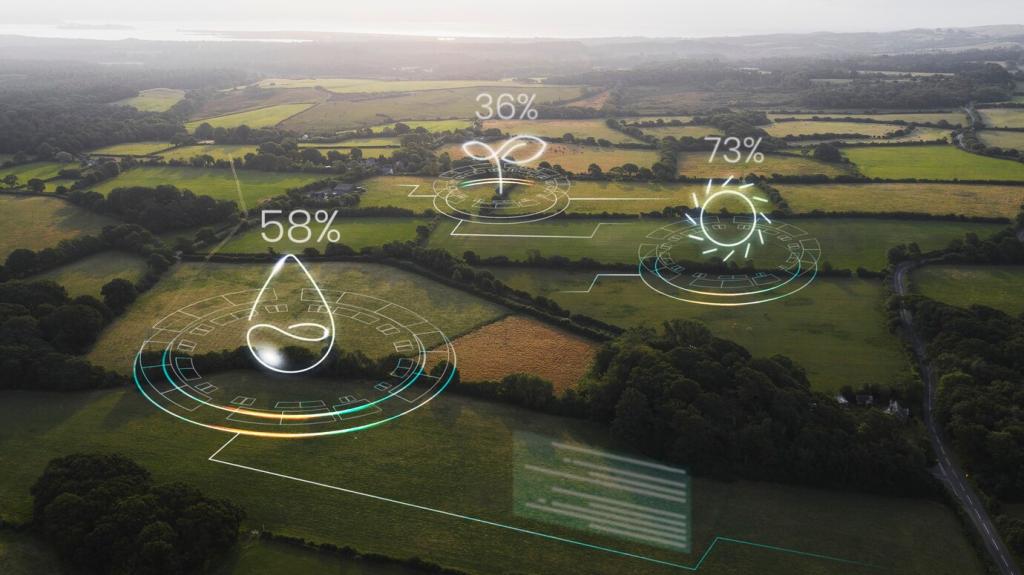Innovative Solutions for Textile Waste Management
Advanced Recycling Technologies
Chemical Recycling Innovations
Chemical recycling uses specialized processes to break down complex fibers and mixed-material fabrics into their molecular components. This approach allows for the recovery of high-purity fibers from garments that are otherwise impossible to recycle mechanically. Companies are investing in depolymerization techniques that separate polyester, nylon, and blended fibers, enabling a new supply of raw materials for manufacturing. Chemical recycling holds the promise of managing even post-consumer waste effectively, ensuring textiles are not only diverted from landfills but also transformed into resources that rival virgin materials in quality.


Automated Sorting Systems
Automated sorting systems utilize state-of-the-art technologies such as infrared sensors, computer vision, and machine learning to rapidly distinguish between different fiber types and textile blends. This innovation overcomes a key challenge in textile recycling: the efficient and accurate separation of diverse materials at scale. Automated sorting reduces labor costs and human error, enabling recyclers to process higher volumes and purer streams of textile waste. Enhanced sorting capabilities directly support the creation of recycled inputs for new textiles, ultimately driving a more circular textile economy.
Circular Business Models
Clothing Rental and Leasing
Clothing rental and leasing platforms offer consumers access to fashionable and functional garments without the need for permanent ownership. By renting or leasing instead of buying, the utilization rate of each item increases significantly, keeping textiles in active use for longer periods. This approach dramatically reduces the volume of discarded clothing and helps shift consumer behavior towards more mindful consumption. Businesses operating these platforms manage garment care and eventual recycling, ensuring a controlled and environmentally responsible lifecycle for each piece.
Repair and Upcycling Services
Repair and upcycling initiatives empower both consumers and businesses to extend the lifespan of clothing and textile products. Through accessible repair services, damaged items are restored to usability, saving them from premature disposal. Upcycling takes the concept further by creatively transforming waste textiles or outdated garments into new, valuable products with revitalized appeal. These practices not only divert waste but also inspire a broader cultural shift towards thinking differently about the worth and potential of existing materials.
Take-Back and Closed-Loop Initiatives
Take-back programs and closed-loop systems involve brands actively reclaiming used textiles from customers at the end of life. These collected materials are then processed for recycling or refurbishment, forming a continuous cycle of resource use. Companies adopting this approach build stronger relationships with customers, demonstrate responsibility for their products, and substantially reduce the environmental footprint associated with textile disposal. Closed-loop initiatives are crucial for fostering accountability and transparency throughout the product lifecycle.
Sustainable Material Development
Biodegradable Fibers
Biodegradable fibers, such as lyocell, hemp, and certain bioplastics, decompose naturally at the end of their useful life, leaving behind minimal residue in the environment. Innovations in fiber chemistry have led to textiles that retain functionality and aesthetic appeal while greatly reducing the burden of long-term waste. Adopting biodegradable materials ensures that, even if worn-out textiles escape the recycling stream, they will break down safely and quickly—helping to mitigate the environmental damage associated with landfill disposal.

